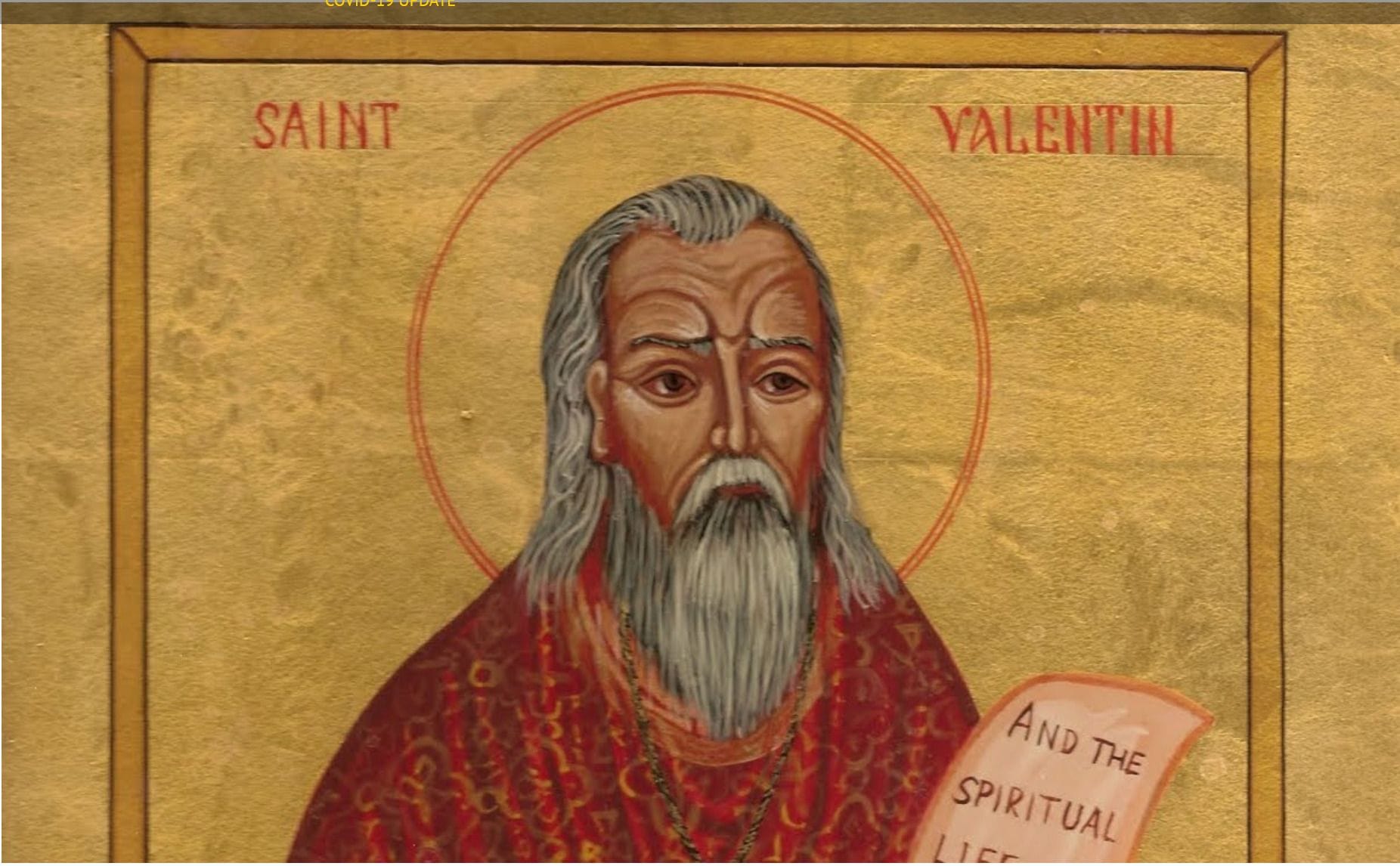Valentine's Day. Fact, Fiction, and Hearts.

As I sit down to write this, it's Valentine's Day, the day of love, hearts, flowers, and of course, chocolate, in heart-shaped boxes. The "Valentine" in Valentine's Day isn't that chubby little guy with the bow. That's Cupid. While he shows up a lot on cards and pictures every February 14, to understand Valentine's Day, we need to start with a little history.
According to the Wikipedia entry on St. Valentine: "The feast of St. Valentine was first established in 496 by Pope Gelasius I, who included Valentine among those "… whose names are justly reverenced among men, but whose acts are known only to God."
Allow me to translate that quote from Gelasius. Nothing was known, even then, about the lives of any of these martyrs. The words, "known only to God," kind of spells it out. And so, the existence of a historical figure named St. Valentine is debated to this day, and there is limited information about him.
Some sources suggest that he may have been a Christian martyr who was executed in ancient Rome in the 3rd century AD, while others argue that the stories associated with him may be a conflation of multiple individuals, a kind of chimera among saints, if you will. Despite the uncertainty surrounding his existence, St. Valentine has been venerated as a saint in the Catholic Church and other Christian denominations for centuries, and his feast day is celebrated on February 14th as Valentine's Day.
Given that Saint Valentine was a martyr, this means he was willing to die rather than renounce his faith in God and his son, Jesus. So, how did he die? Well, given that, as I mentioned above, no one actually knows with certainty whether there even was a guy named Valentine (or Valentini) who was a Catholic and who died for his faith, several stories exist.
One such story involves Valentine as a Catholic priest in ancient Rome who was imprisoned and executed for performing marriages for Roman couples at a time when Emperor Claudius Gothicus (I love that name, Gothicus), also known as Claudius the Cruel, banned marriages for his soldiers so they'd be more willing to just run off to fight and die. Work with me here. Anyhow, Valentine continued to perform marriages – Christian marriages, of course – and was sentenced to death. For love. Get it?
In yet another story, Valentine was a bishop who was imprisoned for his efforts to convert pagans to Christianity and to heal the sick. Sure. Why not? While in prison, he reportedly fell in love with the daughter of his jailer (Ah, love!) and sent her a letter signed "Your Valentine" before his execution on February 14th. Think of that letter as the first Valentine's card.
Curse you, Hallmark, for commercialising this touching gesture!
Whether any of these stories are even remotely true, Saint Valentine has been venerated as a martyr and a patron saint of love and happy marriages in the Catholic Church and other Christian denominations for centuries, and his feast day is celebrated on, wait for it, February 14th as Valentine's Day.
Okay, so the guy we call St. Valentine probably never existed. There's a lot of that going around, but don't let that get you down. Even if there wasn't really a Saint Valentine, today is a good day to show (and tell) that special person how much you love them. To be clear, you should do that every day, but today, they wait for those three lovely words, "I Love You." Possibly written on a card. Possibly accompanied with chocolate and flowers.
If I sound a little cynical here, then come closer and hear my confession. I'm a sucker for all this. I'll even confess to reading the occasional romance novel when my wife assures me that it's particularly good and, more importantly, funny. Combine those messages of love with a nice dinner out, a good bottle of wine, and you've won me over. Valentine or no Valentine.
